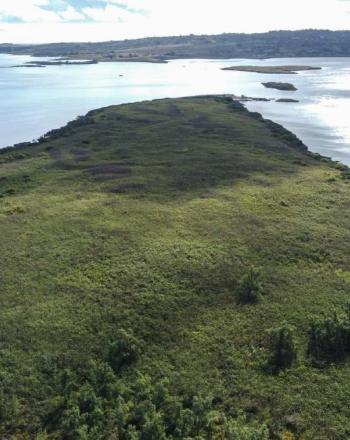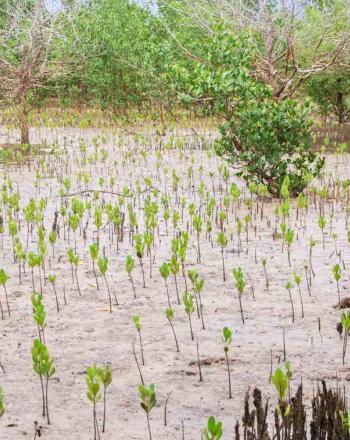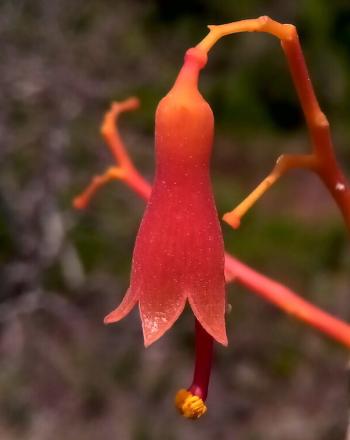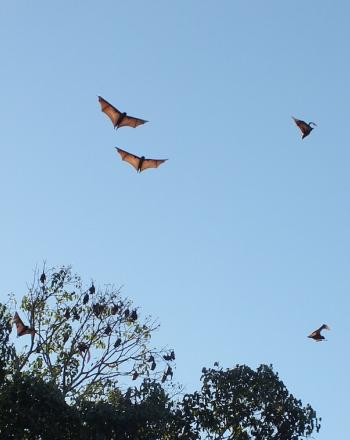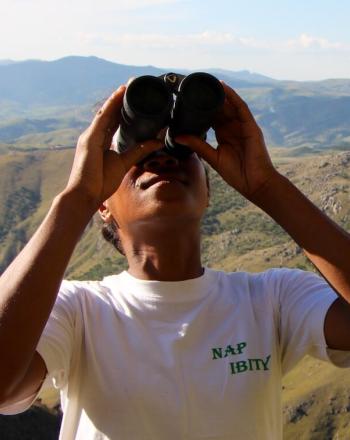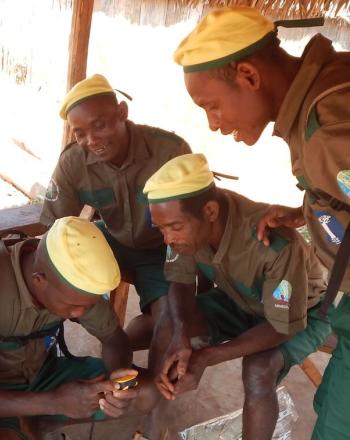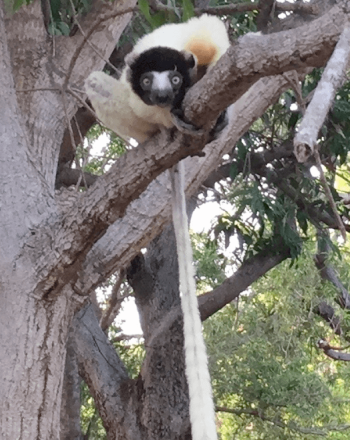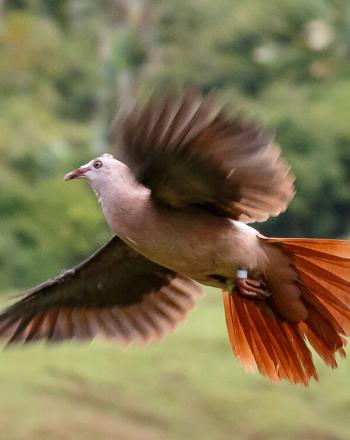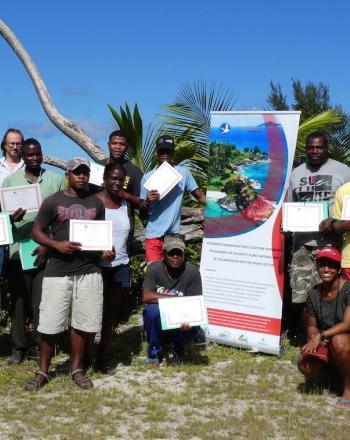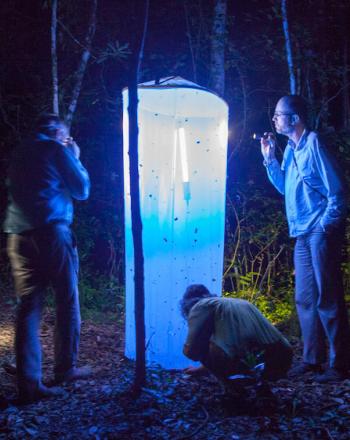Main menu
CEPF is a joint initiative of l’Agence Française de Développement, Conservation International, the European Union, Fondation Hans Wilsdorf, the Global Environment Facility, the Government of Canada, the Government of Japan and the World Bank. A fundamental goal is to ensure civil society is engaged in biodiversity conservation.
Visitez le site français コア情報の日本語翻訳を読むOr use Google Translate to translate the English site to your language:
GTranslate
Madagascar and the Indian Ocean Islands
Currently investing and previously invested
Regional Implementation Team (RIT)
IUCN NL, SAF/FJKM (Madagascar), ID (Comoros), FORENA (Mauritius) and SeyCCAT (Seychelles)
Monique Randriatsivery, RIT Leader
cepfproposals@iucn.nl
Investment
2022 to 2027
US$21.7 million
2015 to 2022
US$12.3 million
2001 to 2012
US$5.6 million
Eligible Countries
Comoros
Madagascar
Mauritius
Seychelles
Ecosystem Profile
Ecosystem Profile, 2022
Ecosystem Profile Summary Brochure 2023
Stats
CEPF Strategy Strategy
About this hotspot About
Regional Implementation Team (RIT)
IUCN NL, SAF/FJKM (Madagascar), ID (Comoros), FORENA (Mauritius) and SeyCCAT (Seychelles)
Monique Randriatsivery, RIT Leader
cepfproposals@iucn.nl
Investment
Dates:
2015 to 2022
Amount:
US$9.54 million
Eligible Countries
Comoros
Madagascar
Mauritius
Seychelles
Ecosystem Profile
CEPF‘s initial investment in the hotspot focused exclusively on Madagascar. We awarded 40 grants to 18 civil society organizations.
For our second investment in the hotspot (2015-2022), which received additional funding from the Leona M. and Harry B. Helmsley Charitable Trust, CEPF provided a source of funding that was designed to reach civil society in a way that complemented funding going to government agencies. We encouraged inventive conservation ideas, in particular those that demonstrated the link between the benefits of biodiversity and sound development. We also supported concrete regional collaborations among on-the-ground conservation groups, which had been working largely in isolation.
Our investments focused on 38 sites in Madagascar, 19 in the Comoros, nine in Mauritius and 12 in the Seychelles. These sites—wetlands and waterways, dry forests, and coastal and marine areas—house ecosystems that have exceptional biodiversity but had thus far received less attention from conservation funders. We awarded 128 grants to 92 civil society organizations.
Ecosystem-Based Adaptation in Indian Ocean Islands
CEPF now has an additional investment in the Indian Ocean Islands, which focuses specifically on funding projects that build resilience to climate change.
Learn more
Because Madagascar and the continental Seychelles broke off from the Gondwanaland supercontinent more than 160 million years ago, the islands are a living example of species evolution in isolation. And on Madagascar, which makes up about 95 percent of the hotspot‘s land area, new species are being discovered at a rapid rate: 22 new mammal species and subspecies have been described in the past 15 years.
While one of the criteria to define an area as a hotspot is having at least 1,500 endemic plant species, Madagascar alone possesses an astounding 11,200. This endemism is not limited to plants: the island is home to five families of birds, five families of primates and two families of freshwater fish found nowhere else on the planet.
In addition to its incredible species diversity, the hotspot provides millions of people with fresh water and other ecosystem services that are essential to their survival.





